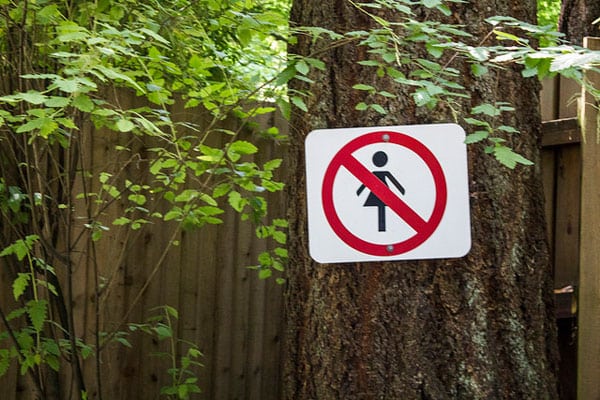
September 30, 2018; San Francisco Chronicle
Let’s be clear, the patriarchal system that enables sexual assault and racial exclusion shows up everywhere with sad frequency—including in the patterns of nonprofit leadership and governance. So, let’s imagine the story below were playing out in our sector, and imagine what we might add to the list of excuses for a lack of equitable representation on boards and in leadership. Feel free to add a few reasons you have heard—if by some happenstance you have tried to shift the demographics of a non-inclusive board.
Governor Jerry Brown signed a law yesterday requiring that publicly traded corporate boards in California include women. The measure, SB826, passed the State Assembly and the Senate last month. It will phase in over a few years, starting by requiring at least one woman on each board by the end of 2019. By 2021, boards with five members will need to have two female members, and beyond that, boards will need to have three women among their number. Companies failing to abide by this legislation may be fined by the Secretary of State up to $100,000 for a first violation and up to $300,000 for additional violations.
The California state legislature notes that:
(1) As of June 2017, among the 446 publicly traded companies included in the Russell 3000 index and headquartered in California, representing nearly $5 trillion in market capitalization, women directors held 566 seats, or 15.5 percent of seats, while men held 3,089 seats, or 84.5 percent of seats.
Sign up for our free newsletters
Subscribe to NPQ's newsletters to have our top stories delivered directly to your inbox.
By signing up, you agree to our privacy policy and terms of use, and to receive messages from NPQ and our partners.
(2) More than one-quarter, numbering 117, or 26 percent, of the Russell 3000 companies based in California have NO women directors serving on their boards.
(3) Only 54, or 12 percent, of these companies have three or more female directors on their boards.
Although this legislation is similar to even more far-reaching legislation internationally in the UK and elsewhere—in Norway, Belgium, France and Italy, for example, corporations can be forcibly dissolved if they fail to achieve a specified level of gender parity—Brown acknowledged that “serious legal objections have been raised” about the bill. “I don’t minimize the potential flaw that indeed may prove fatal to its ultimate implementation.” But, he points out, “recent events in Washington, DC—and beyond—make it crystal clear that many are not getting the message….Given all the special privileges that corporations have enjoyed for so long, it’s high time corporate boards include the people who constitute more than half of all ‘persons’ in America.”
Meanwhile, it’s not as if there hasn’t been significant pushback in the UK, even though the number of women on boards has doubled there since 2011. The Hampton-Alexander Review, which reached its halfway mark in June, calls for bosses to ensure that one-third of leadership positions in FTSE 100 companies are occupied by women by 2020. After a recent survey to query firms about their lack of women board members, they published a list of the ten worst reasons cited to maintain male domination in their frightened little spaces.
- “I don’t think women fit comfortably into the board environment.”
- “There aren’t that many women with the right credentials and depth of experience to sit on the board—the issues covered are extremely complex.”
- “Most women don’t want the hassle or pressure of sitting on a board.”
- “Shareholders just aren’t interested in the make-up of the board, so why should we be?”
- “My other board colleagues wouldn’t want to appoint a woman on our board.”
- “All the ‘good’ women have already been snapped up.”
- “We have one woman already on the board, so we are done—it is someone else’s turn.”
- “There aren’t any vacancies at the moment—if there were, I would think about appointing a woman.”
- “We need to build the pipeline from the bottom—there just aren’t enough senior women in this sector.”
- “I can’t just appoint a woman because I want to.”
And, in case you are thinking, “Well, that’s the corporate sector—what can you expect?” Perhaps you might want to revisit the latest GuideStar gender compensation findings for our sector, which show that the richer an organization is, the larger the gender-based compensation gap. On nonprofit boards, overall, women comprised 43 percent of the membership of nonprofit boards in 2015; but that drops to 33 percent when considering boards of nonprofits with incomes of $25 million or more.—Ruth McCambridge













